Wall in Lima Separating Extreme Poverty and Wealth Is Finally Coming Down
In Peru’s capital city of Lima, one wall has caused an immense amount of debate since its inception in the 1980s.
The so-called “Wall of Shame” has long been considered undemocratic as it divides some of the wealthiest and poorest neighborhoods in the city. But now, more than three miles of the barbed wire wall is being torn down after a four-year-long court battle.
Some Say ‘Wall of Shame’ Was Built to Keep Out Rebels
In the 1980s, there was a considerable communist group of guerilla soldiers gaining prominence in the hills around Lima.
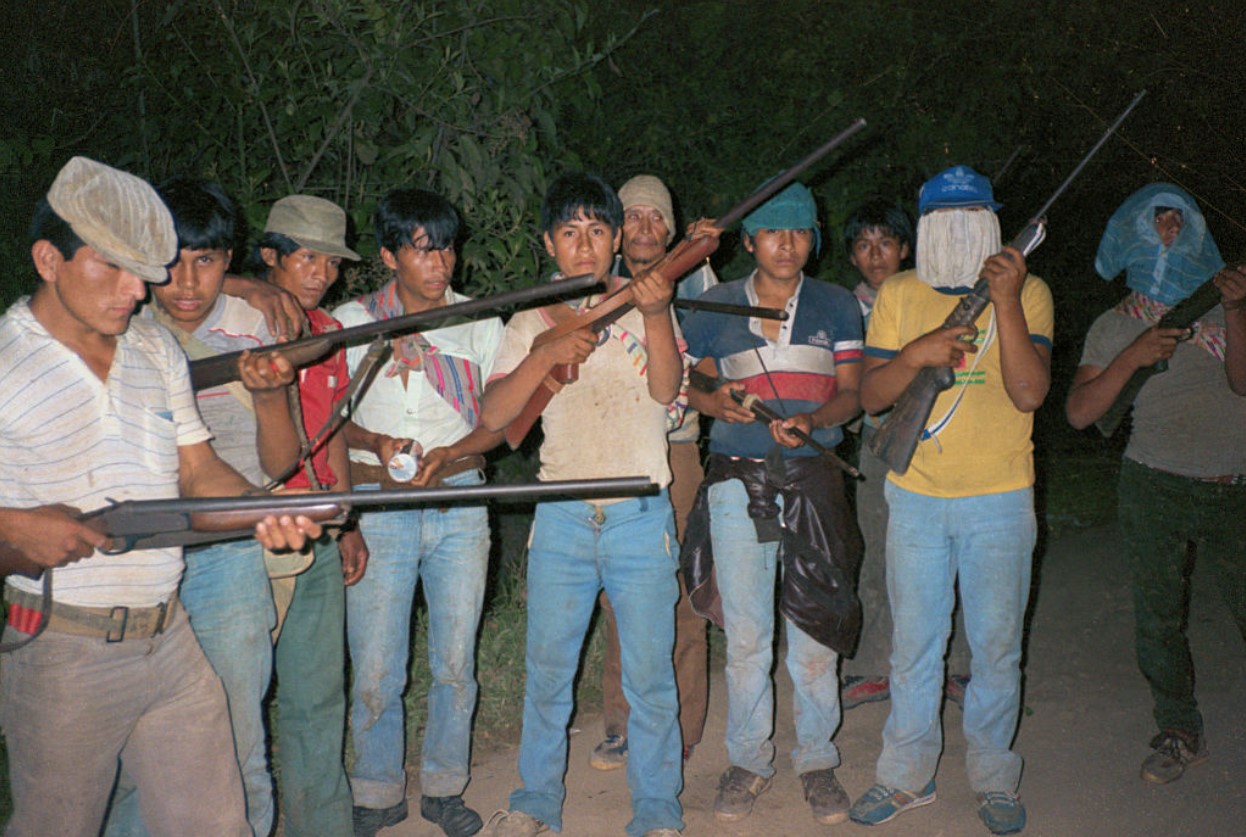
Source: Getty Images
So, some argue that in order to attempt to stop the group from gaining access to the city, and specifically the more affluent neighborhoods, the “Wall of Shame” was built. However, while the communist group, known as the Shining Path rebels, was essentially disbanded in the 1990s, the wall was left as it was for decades.
Others Say it Was Built to Keep Out the Poor
However, others tell a different story. They claim that the wall was built in order to stop poorer residents from the mountains and valleys outside of Lima from migrating closer to the city.
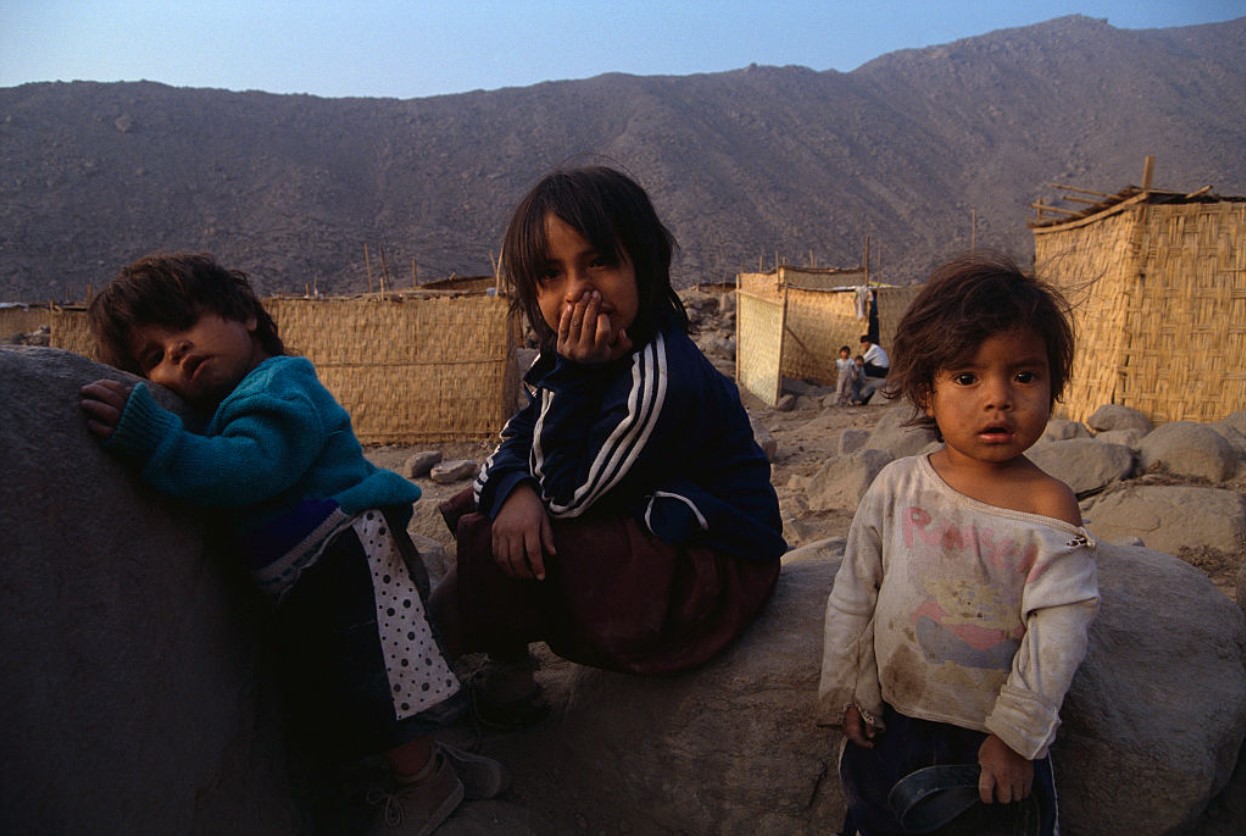
Source: Greg Smith/CORBIS/Getty Images
At the time, these people were being forced out of their villages because of Shining Path rebel attacks. They wanted to live in the city for safety, but the wealthy residents didn’t want their neighborhoods overrun with poverty.
No One Could Stop Its Construction
No matter why the “Wall of Shame” was built, it was built quickly. In fact, one resident told the media that, “In one week, they had built up practically the entire wall, and people couldn’t do anything about it.”

Source: Wikipedia
From that day on, those who lived on the other side of the wall were simply left without any assistance from the city and have lived in slum-like houses made of metal sheets for almost 40 years.
Parameters of the ‘Wall of Shame’
The current wall is 4.5 kilometers long and 10 feet tall. It’s made of thick cement and topped with barbed wire in many areas.
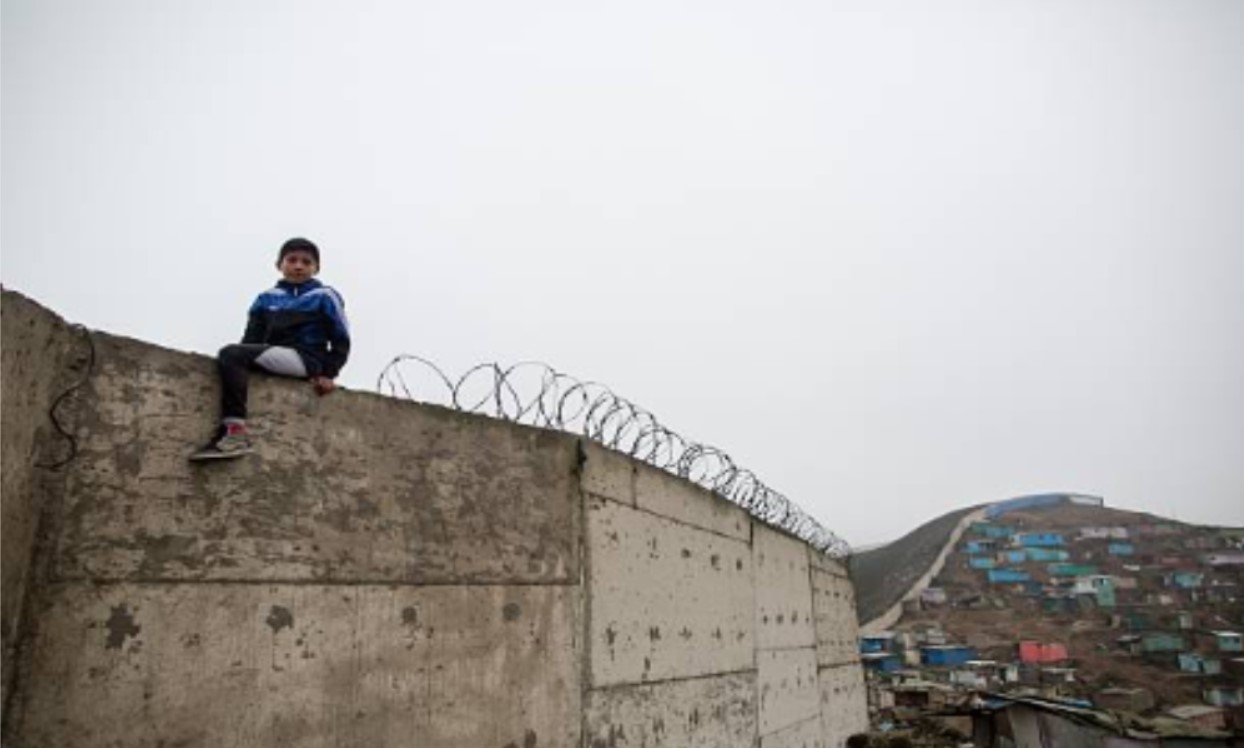
Source: Getty Images
Not only is the wall hideous to look at, but it also creates a feeling of separation among Lima’s citizens. On one side lies the city’s slums, where on the other, property value has been steadily climbing.
Separating the Slums and Mansions
One area of the wall separates La Molina and the poorer Villa Maria del Triunfo neighborhoods and another, the districts of Santiago de Surco and San Juan de Miraflores.
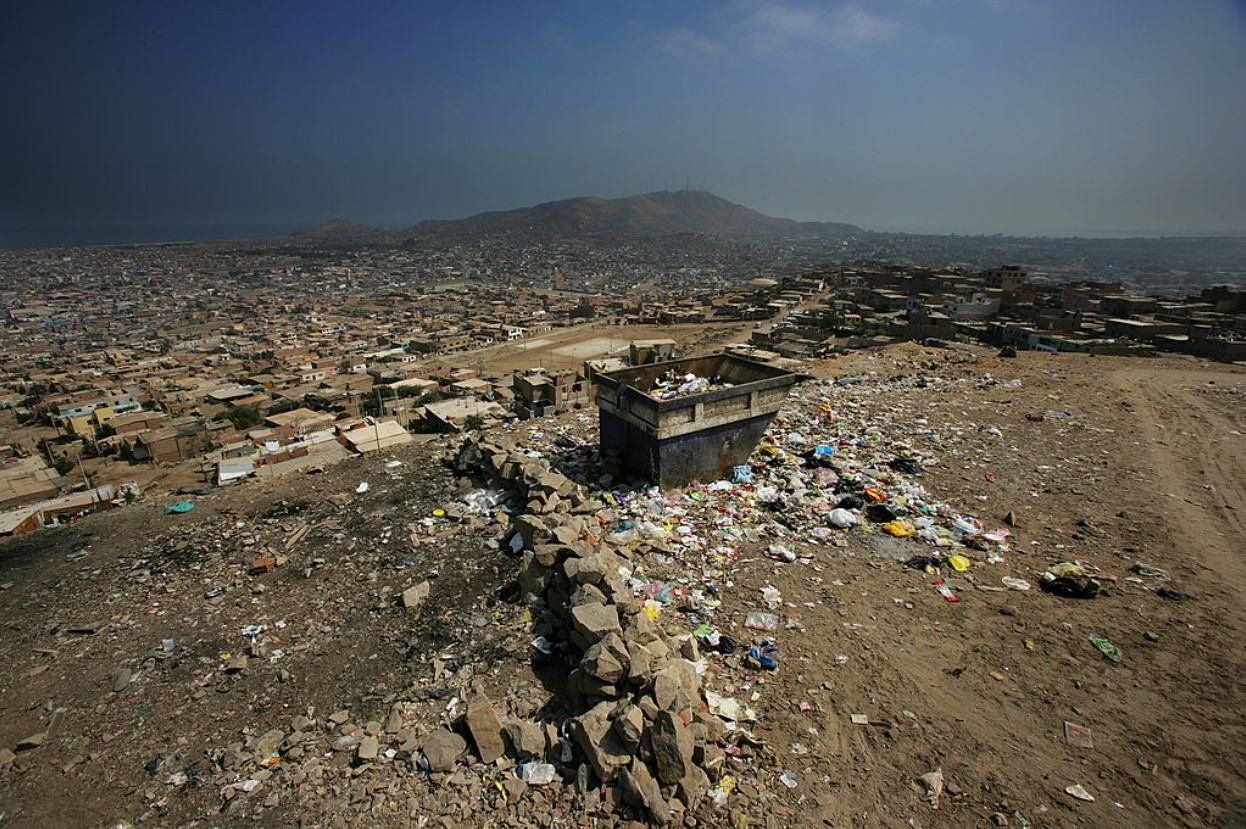
Source: Brent Stirton/Getty Images
To put it in perspective, properties in Santiago de Surco recently reached up to $5 million, and people living in San Juan de Miraflores and Villa Maria del Triunfo barely have the essentials to survive, such as toilets, sewage systems and clean drinking water.
Fighting to Take Down the Wall
For the past four years, activists and city officials have been fighting in court to have the wall torn down. They claim that it is undemocratic and intensifies the city’s wealth divide.
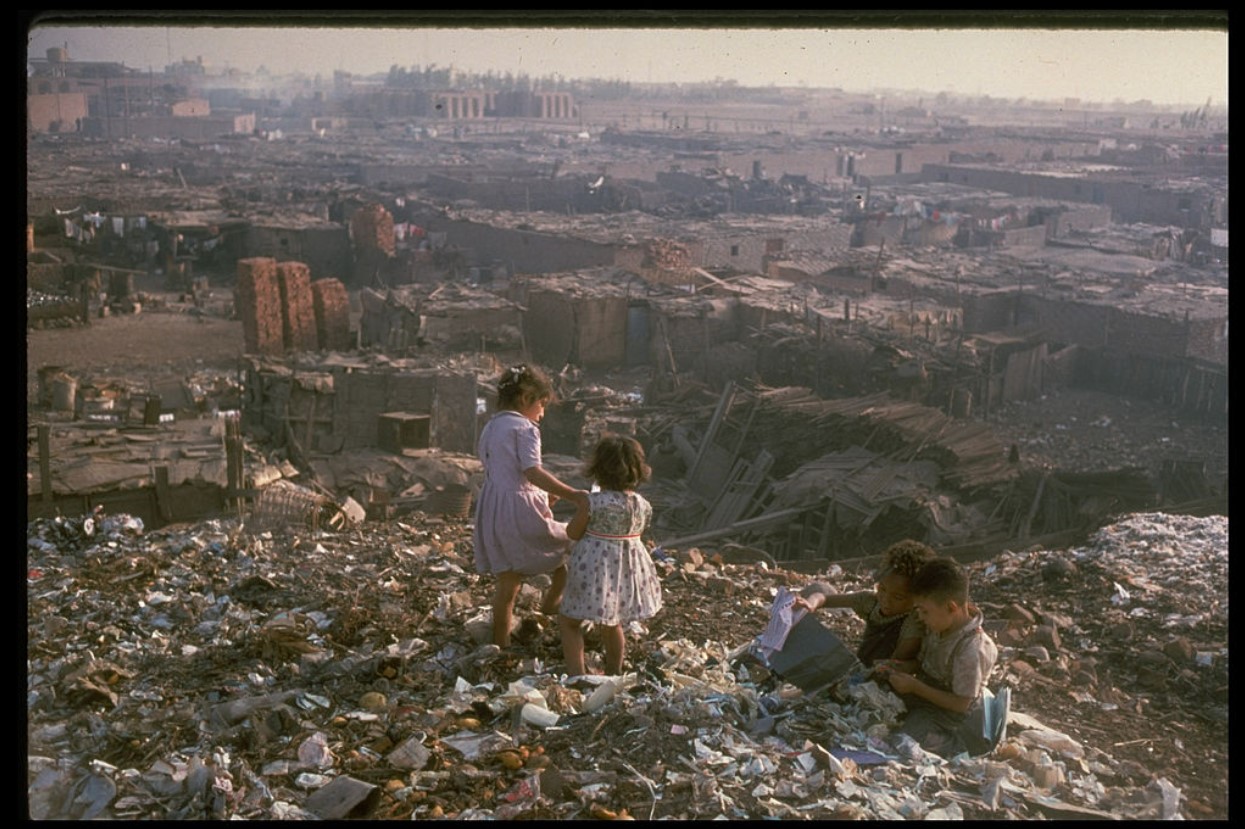
Source: John Bryson/Getty Images
But they also state that the wall has very real and tangible effects on the citizens who live on the “wrong side.” Because they must walk two hours around the wall to enter the wealthier neighborhoods, instead of the mere 15 minutes they could walk without it, these citizens are unable to join the workforce, which could greatly improve their economic situation.
Segregation Is Never the Answer
Gustavo Gutierrez, a court magistrate in Lima, went on to explain. “It affects free transit, but also hurts the dignity of the neighbors, it is a division that separates two social groups that should not exist,” he said

Source: Greg SmithCORBIS/Getty Images
This separation creates not only a literal division but also a social one. Lima’s struggle with the wealth divide is essentially symbolized by this one wall, and most people agree it needs to come down.
Walls Built All Over the World Cause Problems
It’s important to note that Lima’s “Wall of Shame” is just one of many walls that have been built to divide people, and in every instance, they have created problems for at least those who live on the “wrong side.”
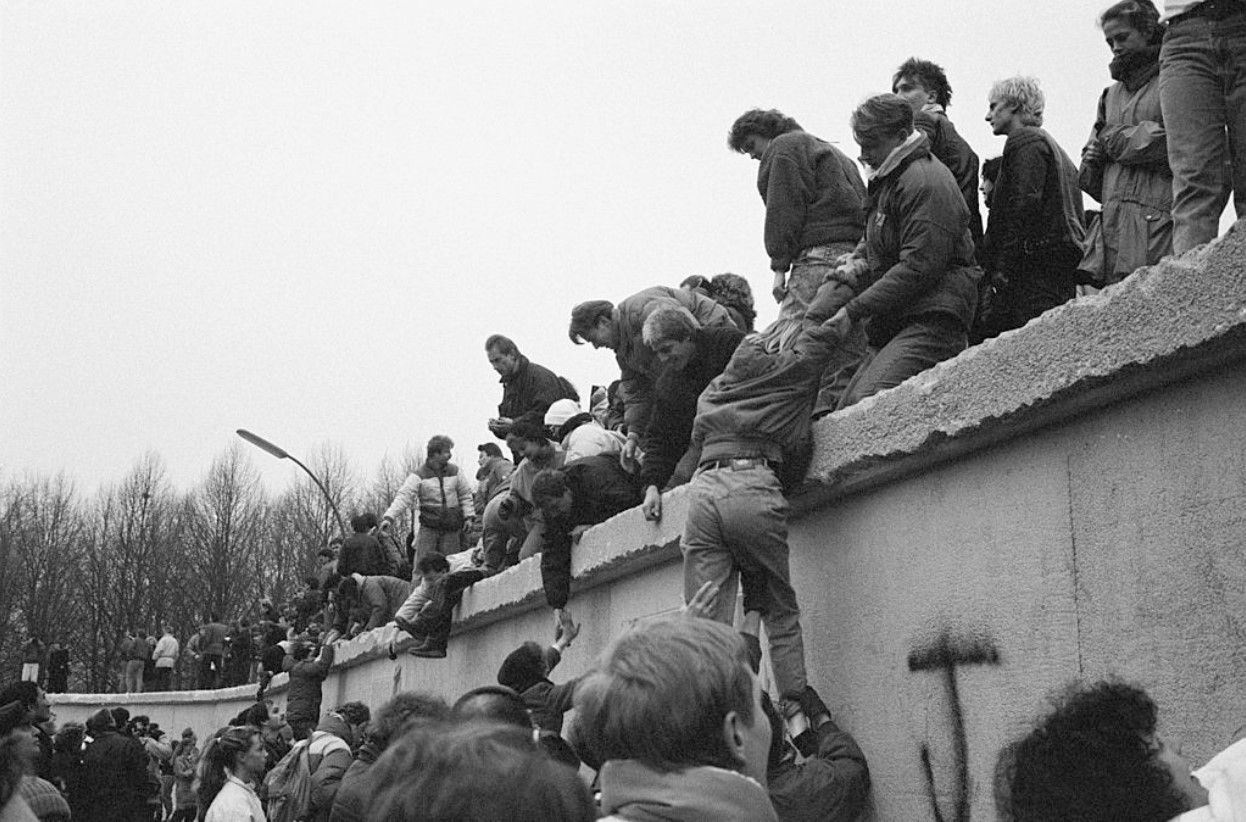
Source: Steve Eason/Hulton Archive/Getty Images
The Berlin Wall, the Northern Ireland Peace Walls, the Israeli and Palestinian border, and the wall between the USA and Mexico have all famously caused extreme issues, and several of them have already been taken down because of the problems they created.
Peru’s Pressing Poverty Problem
More than 6.9 million Peruvian citizens live below the poverty line, which means they make less than $102 per month.
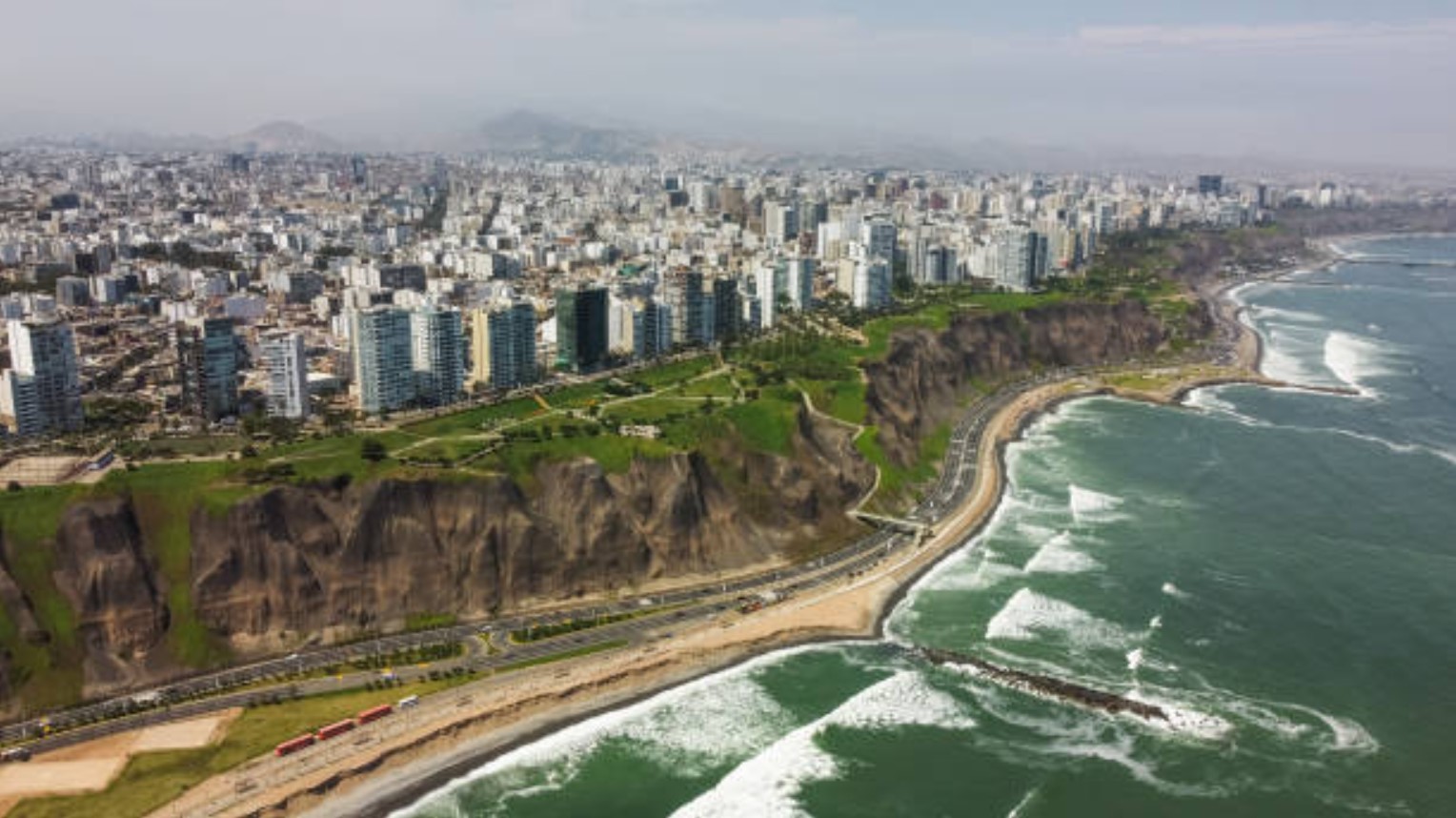
Source: iStock
And many researchers who focus on wealth divides and high poverty rates agree that structures such as walls create a social divide, making it almost impossible for those living below the poverty line to make any real changes in their situations.
Wealthy Residents of Lima Live in Another World
With skyrises, luxury apartments, and perfectly paved roads, many of the capital city’s residents live extremely comfortably. Most have never visited the slums that are only hundreds of yards away from their beautiful homes.
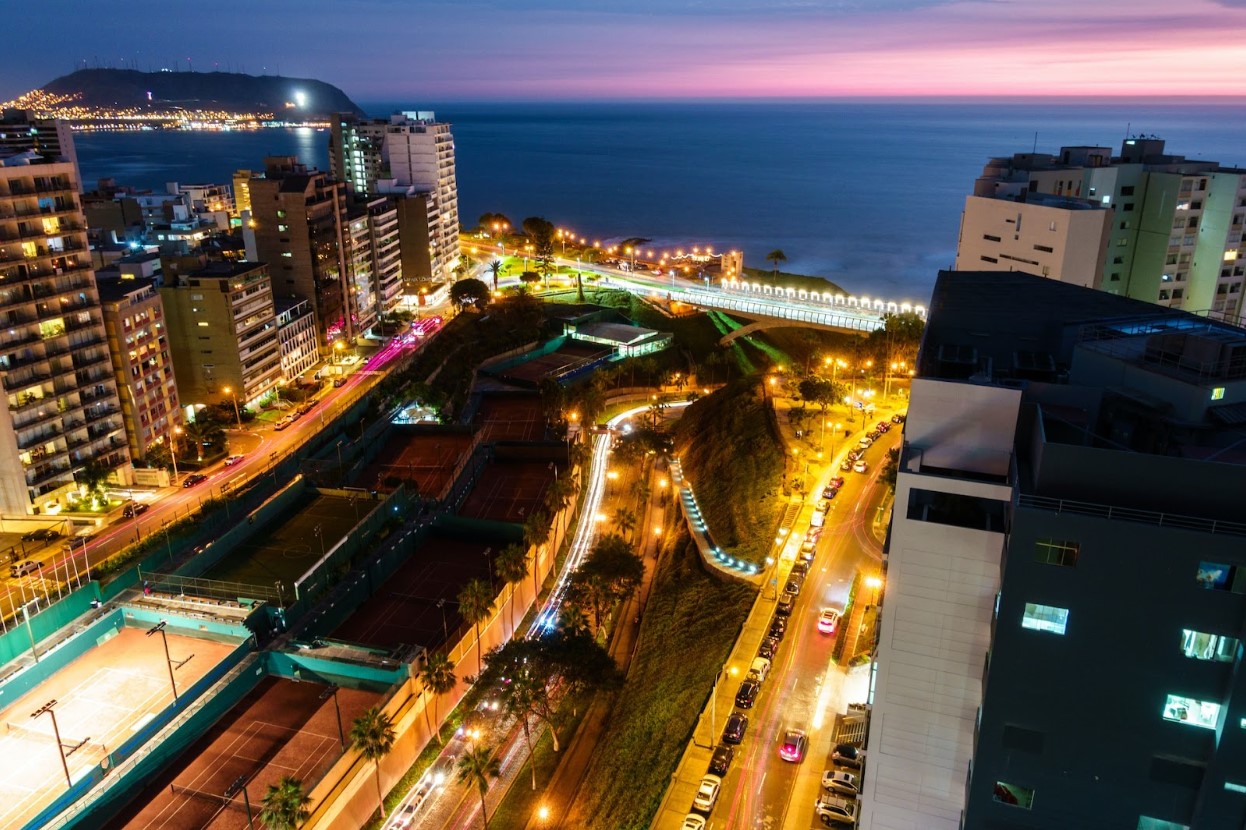
Source: Mike Swigunski/Unsplash
One architect who spoke out against Lima’s “Wall of Shame” explained the situation perfectly when she said, “If you build a wall or put a fence around the neighborhood, you’re manifesting that you’re a cohesive social group that doesn’t have any sort of dialogue with the other.”
Lima Will Continue to Struggle With a Class Divide
Even though activists are thrilled to have won the court case and watch the Wall of Shame be torn down, it’s just one small step toward attempting to solve the extreme wealth divide among its residents.
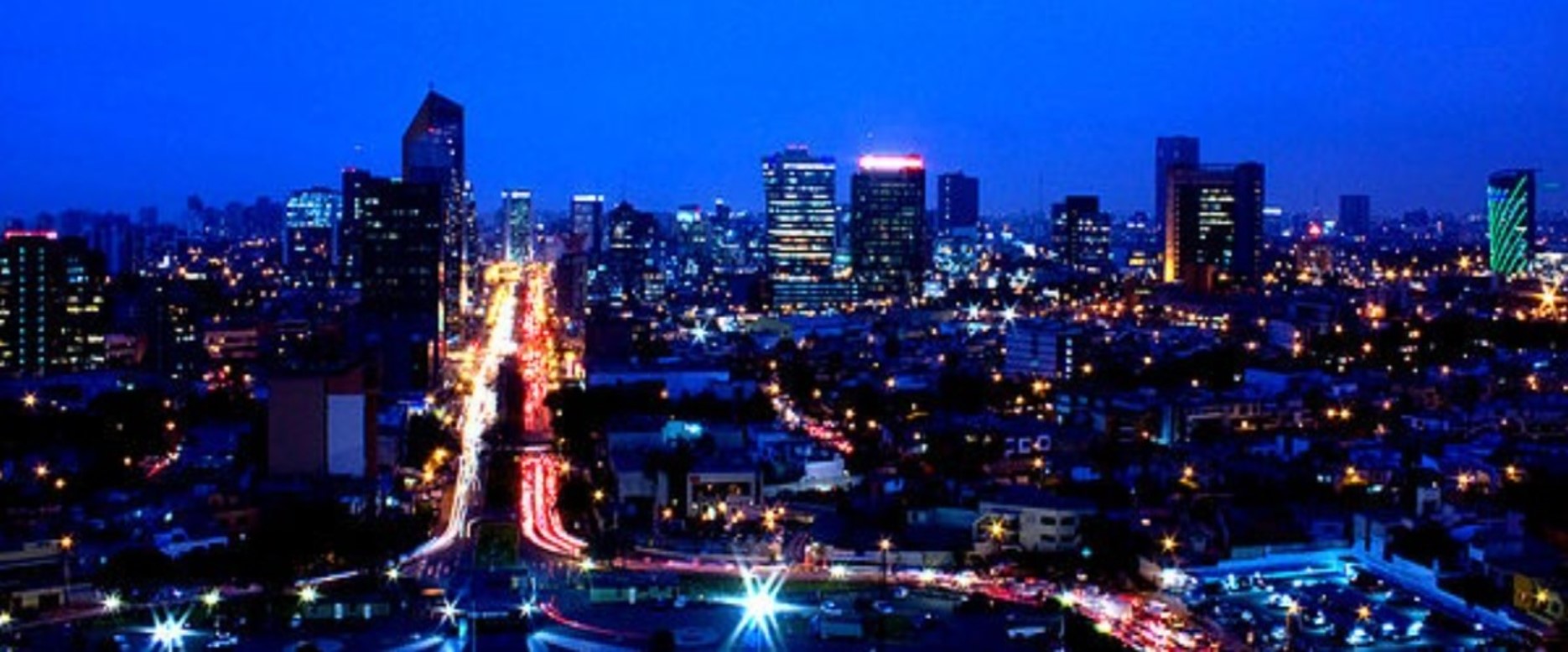
Source: Pinterest
Many hope that those living on the side of the wall with no running water or hope for a better future will now be able to find decent-paying jobs and provide a different life for their children. However, most people argue that Lima will have to make several more adjustments in order for real change to be seen.
